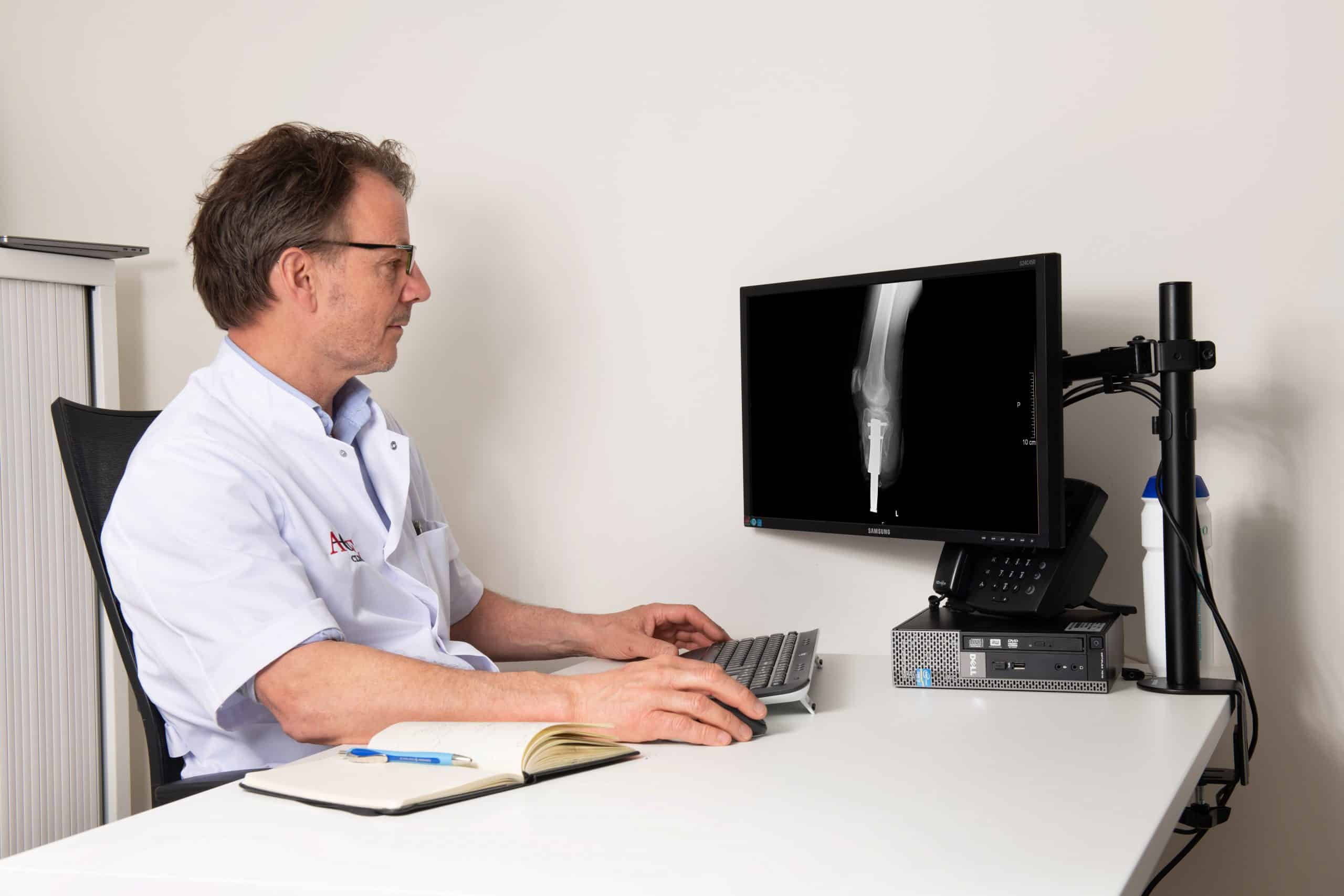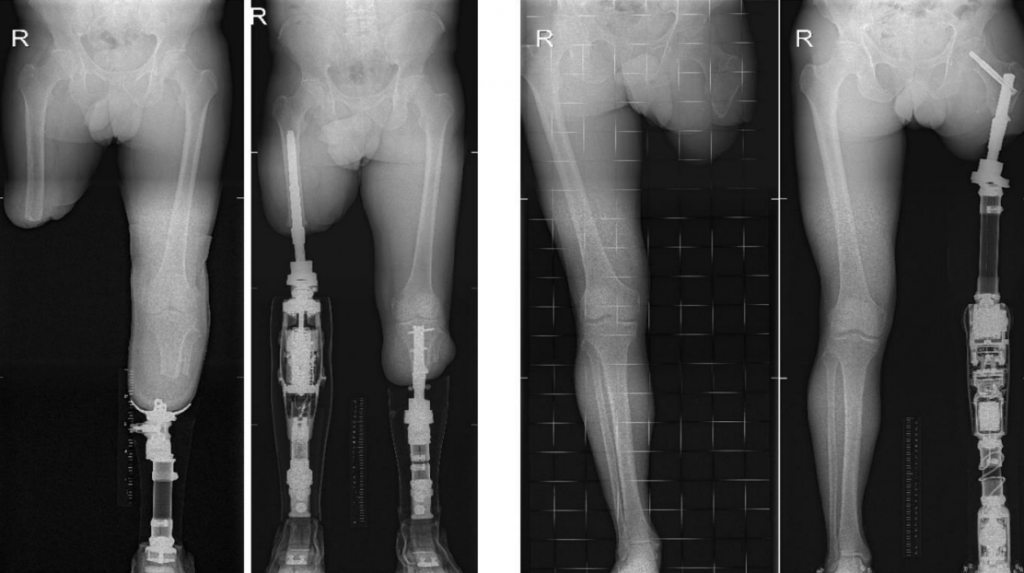
Prosthesis of the arm
A prosthesis arm is an artificial limb that is designed to replace a missing or amputated arm. The process of creating a prosthesis arm involves several steps:
- The first step in creating a prosthesic is to meet with a prosthetist, a healthcare professional who specializes in designing and fitting prosthetic limbs. The prosthetist will evaluate the patient’s medical history, physical condition, and lifestyle to determine the best course of treatment.
- Once the prosthetist has evaluated the patient, they will take detailed measurements of the residual limb and create a plaster cast of the limb. This cast will serve as a model for the arm prosthesis.
- Using the measurements and cast, the prosthetist will work with a team of engineers and technicians to design and fabricate the prosthesis . This process involves selecting the appropriate materials, such as plastics and metals, and creating a custom-fitted socket that will attach to the residual limb.
- Once the prosthesis is fabricated, the patient will return to the prosthetist for a fitting. The prosthetist will make any necessary adjustments to ensure a comfortable fit and proper function.
- After the fitting and adjustment, the patient will undergo training and rehabilitation to learn how to use the arms. This may include learning how to control the arm using muscles in the residual limb or using a myoelectric control system, which uses electrical signals from the muscles to control the arm.
AOFE's five guarantees
- We listen to you and take a personalised approach
- Our care meets the strictest quality standards
- We always work with experience experts
- We work with you to find the best suited solution
- You benefit from reduced waiting times with us
Osseointegration and prosthesis for the legs
Osseointegration is a surgical procedure that involves the insertion of a metal implant into the bone. This procedure can be used to help improve the function of prosthetic legs by providing a secure and stable connection between the prosthetic device and the bone.

In general, a socket is used to connect the prosthetic device to the residual limb. However, this can be uncomfortable, cause skin irritation, and limit the motion of the limb. With osseointegration, an implant is inserted into the bone, which provides a direct connection to the prosthetic device, without the need for a socket.
This direct connection provides several benefits, including:
- Improved stability and control: With a direct connection to the bone, the prosthetic limb is more stable, allowing for greater control over movement.
- Improved comfort: Without the need for a socket, there is less pressure on the residual limb, reducing discomfort and skin irritation.
- Improved range of motion: Osseointegration allows for greater range of the prosthetic limb, as there is no socket restricting movement.
- Improved function: The direct connection between the prosthetic device and the bone provides improved function, allowing for a more natural gait and better balance.
Overall, osseointegration can greatly improve the function and comfort of prosthetic legs, allowing for a more active and fulfilling life for amputees. Please contact AOFE Clinic or submit your registration form online.
